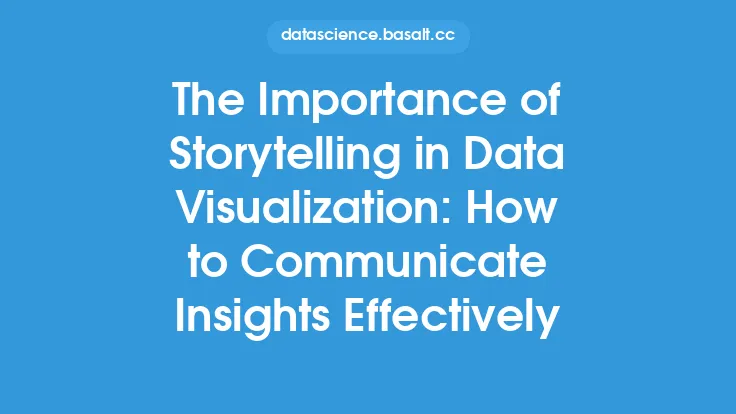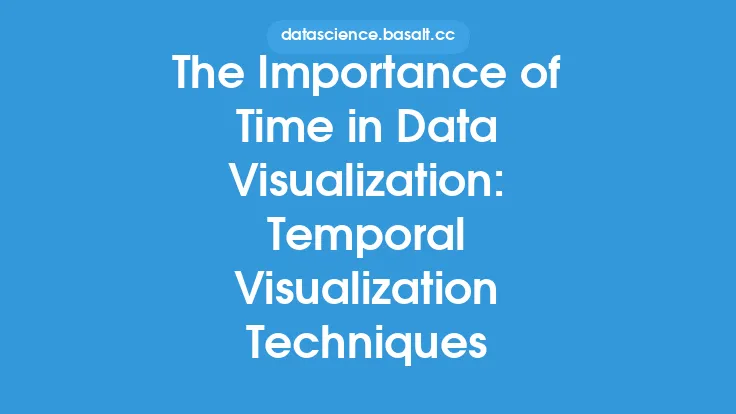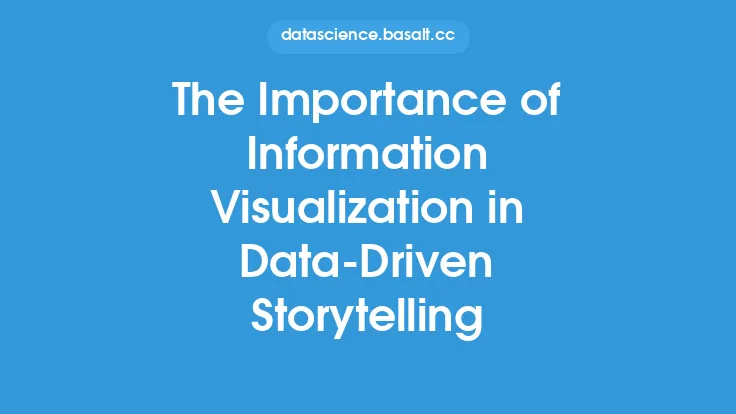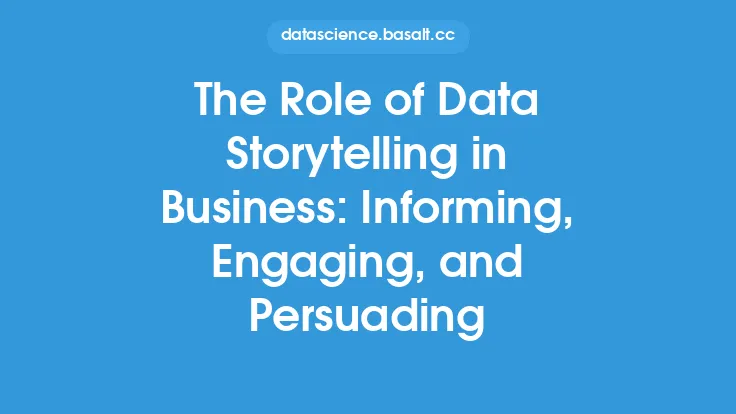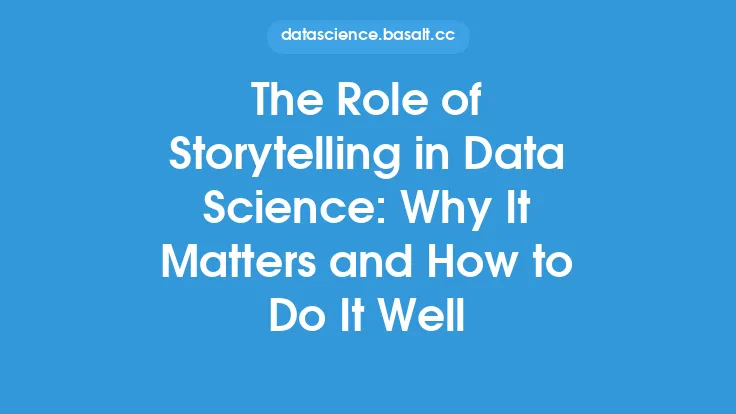When working with data, it's easy to get caught up in the numbers and lose sight of the bigger picture. Data storytelling is about more than just presenting findings – it's about setting the scene for insights, providing context, and helping the audience understand the relevance and importance of the information. Context is the foundation upon which a good data story is built, and without it, even the most compelling data can fall flat.
Understanding Context in Data Storytelling
Context in data storytelling refers to the circumstances, background, and environment in which the data is being presented. It's the framework that helps the audience understand the data, its limitations, and its potential applications. Context can include a wide range of factors, such as the data collection methods, the population being studied, the time period, and the geographic location. By providing context, data storytellers can help their audience understand the nuances of the data and make more informed decisions.
The Role of Context in Data Interpretation
Context plays a critical role in data interpretation, as it helps to clarify the meaning and significance of the data. Without context, data can be misleading or open to misinterpretation. For example, a graph showing a significant increase in sales may seem impressive, but without context, it's impossible to know whether the increase is due to a new marketing campaign, a change in pricing, or some other factor. By providing context, data storytellers can help their audience understand the underlying factors that are driving the trends and patterns in the data.
Types of Context in Data Storytelling
There are several types of context that are relevant in data storytelling, including:
- Cultural context: This refers to the social, cultural, and historical background of the data. Cultural context can help to explain why certain trends or patterns are present in the data.
- Temporal context: This refers to the time period in which the data was collected. Temporal context can help to explain how trends and patterns have changed over time.
- Spatial context: This refers to the geographic location in which the data was collected. Spatial context can help to explain how trends and patterns vary across different regions.
- Methodological context: This refers to the methods used to collect and analyze the data. Methodological context can help to explain the limitations and potential biases of the data.
Best Practices for Providing Context in Data Storytelling
Providing context in data storytelling requires a thoughtful and intentional approach. Here are some best practices to keep in mind:
- Be transparent about data collection methods: Clearly explain how the data was collected, including any limitations or potential biases.
- Provide background information: Give the audience enough background information to understand the context in which the data is being presented.
- Use visualizations to provide context: Visualizations such as maps, timelines, and flowcharts can help to provide context and clarify complex relationships.
- Use narrative techniques: Use narrative techniques such as storytelling and anecdotes to provide context and make the data more relatable.
Technical Considerations for Providing Context in Data Storytelling
Providing context in data storytelling often requires technical expertise, particularly when working with large datasets or complex data visualizations. Here are some technical considerations to keep in mind:
- Data preprocessing: Make sure to preprocess the data to ensure that it is clean, complete, and consistent.
- Data visualization tools: Use data visualization tools such as Tableau, Power BI, or D3.js to create interactive and dynamic visualizations that provide context.
- Geospatial analysis: Use geospatial analysis techniques such as spatial autocorrelation and spatial regression to analyze and visualize spatial data.
- Time series analysis: Use time series analysis techniques such as trend decomposition and seasonal decomposition to analyze and visualize temporal data.
Conclusion
Context is a critical component of data storytelling, providing the framework for understanding and interpreting the data. By providing context, data storytellers can help their audience understand the nuances of the data, make more informed decisions, and take action based on the insights. Whether working with cultural, temporal, spatial, or methodological context, data storytellers must be intentional and thoughtful in their approach, using a range of technical and narrative techniques to provide context and set the scene for insights.
